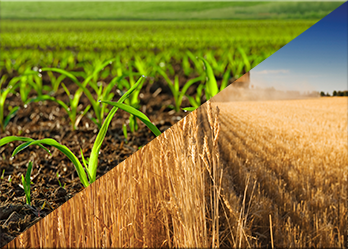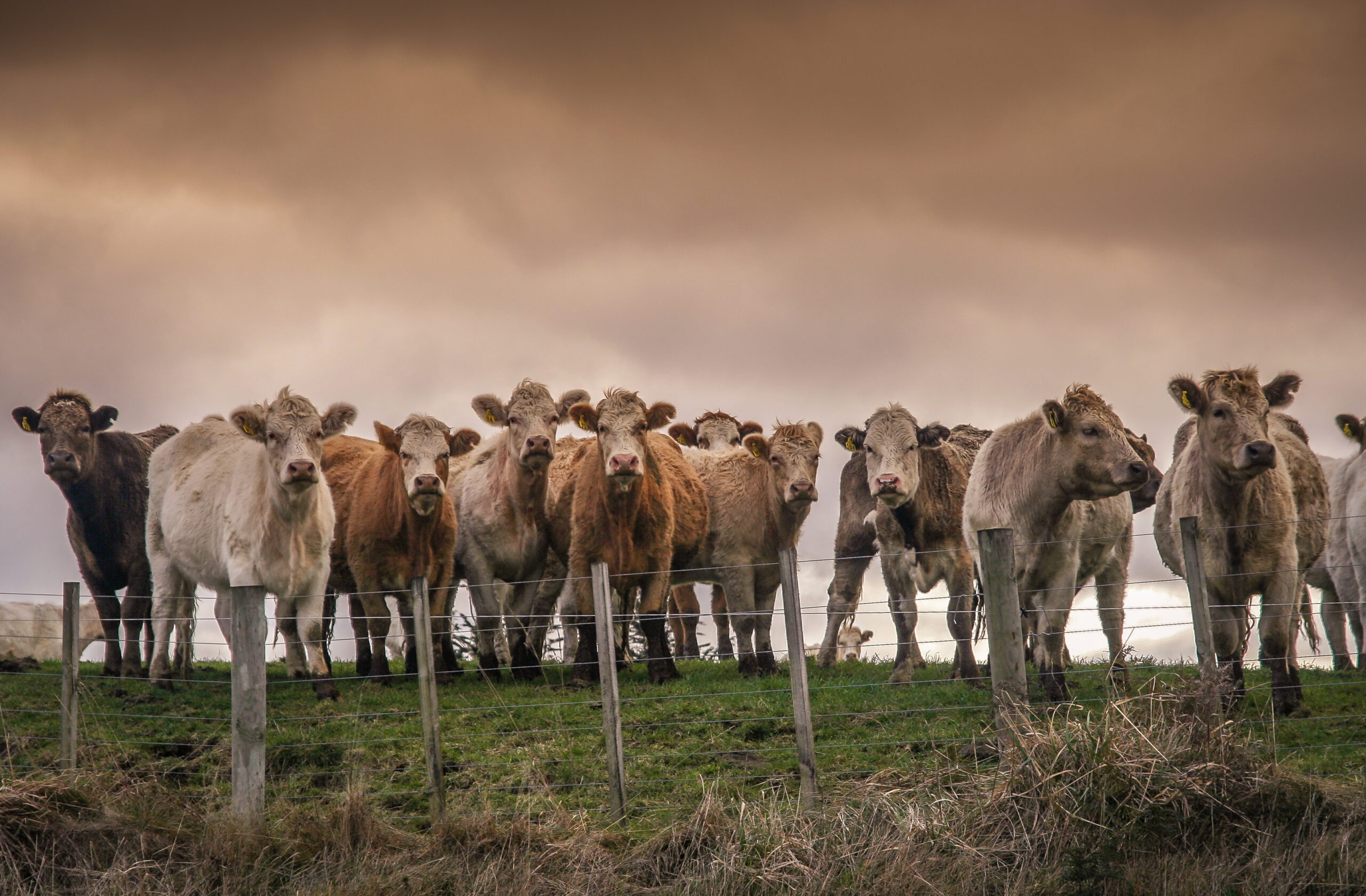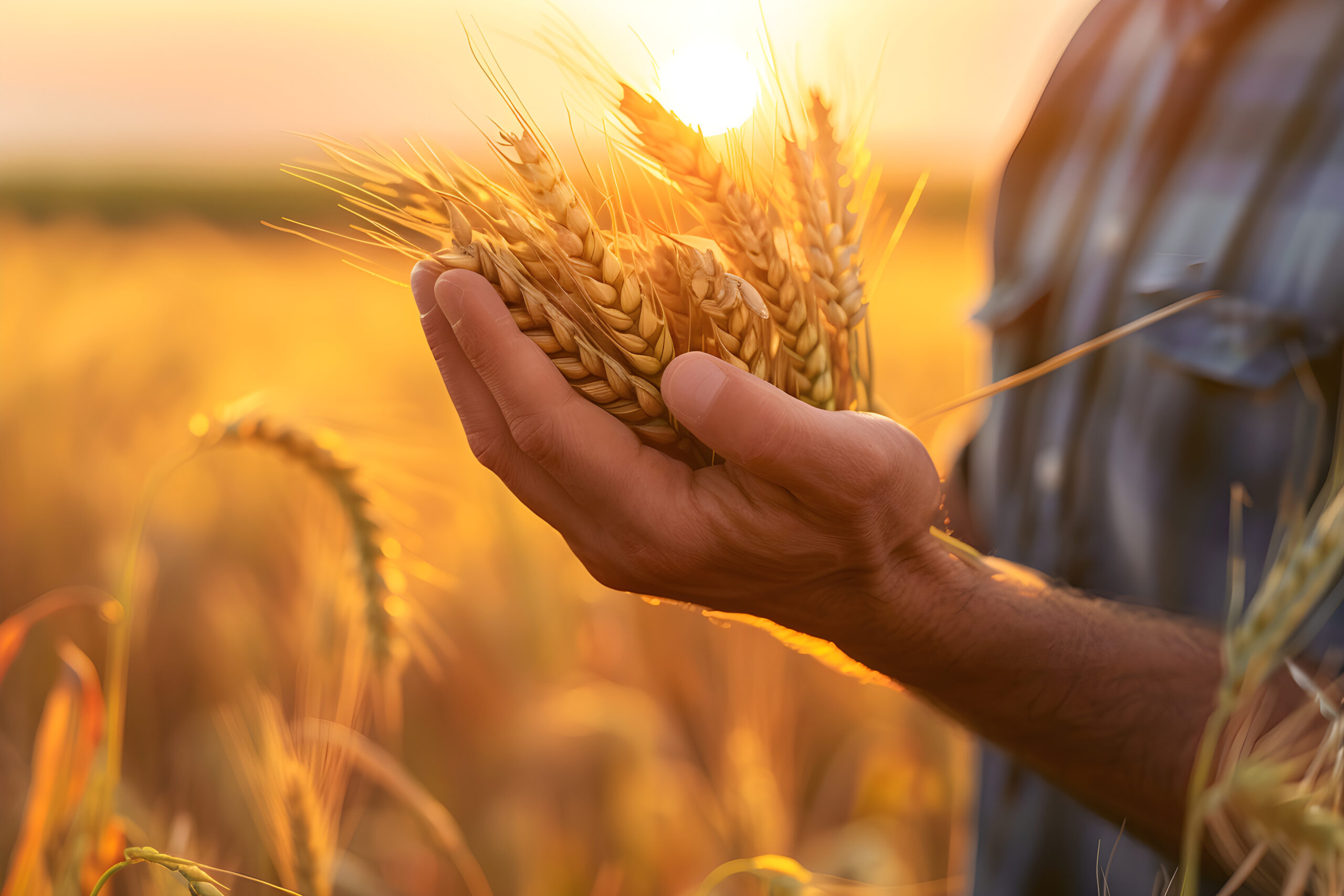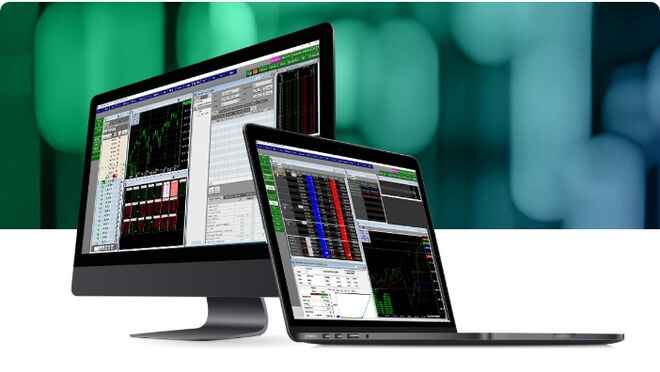Live Cattle Markets
Live cattle futures are widely traded commodities futures contracts, referring to cattle (cows) that have reached the requisite weight for slaughter, or about 1,000 to 1,300 pounds, which takes about six to ten months.
Live Cattle Futures – Contract Specs
| Contract Symbol | Contract Units | Price Quotation | Trading Exchange | Trading Hours | Tick Value |
| LE | 40,000 lbs | cents per pound | CME GLOBEX | 8:30 – 13:05 | 1/4 cent = $10 |
Live Cattle Futures History
Live cattle futures began trading in 1964 on the Chicago Mercantile Exchange (CME) as a non-storable commodity futures product.
Live Cattle Futures Facts
The United States, Brazil and China are the world’s largest consumers of beef, according to the United Stated Department of Agriculture. It is estimated that a person eats an average of 67 pounds of meat and drink approximately 100 quarts of milk per year. This directly affects the prices of live cattle futures prices. In addition, the seasonal aspects of meat production, cyclical aspects of the cattle industry and consumer’s desire for meat products make the contract attractive to commodities futures traders.
Trading Live Cattle Futures
- In addition to the CME, live cattle futures trade through the CME’s Globex electronic platform and the Brazilian Mercantile and Futures Exchange (BMF).
- Live cattle futures are delivered every year in February, April, June, August, October and December.
- In a live cattle contract, a 1-cent move is equal to $4. When determining CME’s live cattle profit and loss figures, the difference is calculated between the contract price and the exit price, the result is then multiplied by $4.00.
- Bovine spongiform encephalopathy (BSE), also known as mad cow disease, can impact live cattle futures prices. Outbreaks have led countries to ban imports and exports from various countries around the world and have resulted in the destruction of thousands of livestock in order to reduce the potential spread of the disease.
- Live cattle futures prices typically raise ahead of prime grilling season, which begins on the U.S. Memorial Day holiday and lasts through the warmer seasons across the nation.
- The price of commodities futures on the grain complex – typically futures such as corn, soybeans and wheat – can also impact live cattle futures prices. If the feed prices are too high, cattle will normally be sent to market earlier and at lower weights. This tends to lower prices for cattle futures.
- The USDA’s monthly Cattle on Feed Report can have a significant impact on live cattle futures prices.
RJO University
Gain the knowledge and skills to trade futures with confidence. Access in-depth guides, market analysis, and actionable insights. Whether you’re a novice or seasoned trader, our century of industry experience empowers you to navigate complex markets and make informed decisions. Start your journey with RJO’s trusted expertise.
 Agriculture Futures
Agriculture Futures
Grain Futures
 Agriculture Futures
Agriculture Futures
Old Crop vs New Crop Futures
 Agriculture Futures
Agriculture Futures
Live Cattle Trading Sideways, Expect Prices to Trend Lower
 Agriculture Futures
Agriculture Futures



